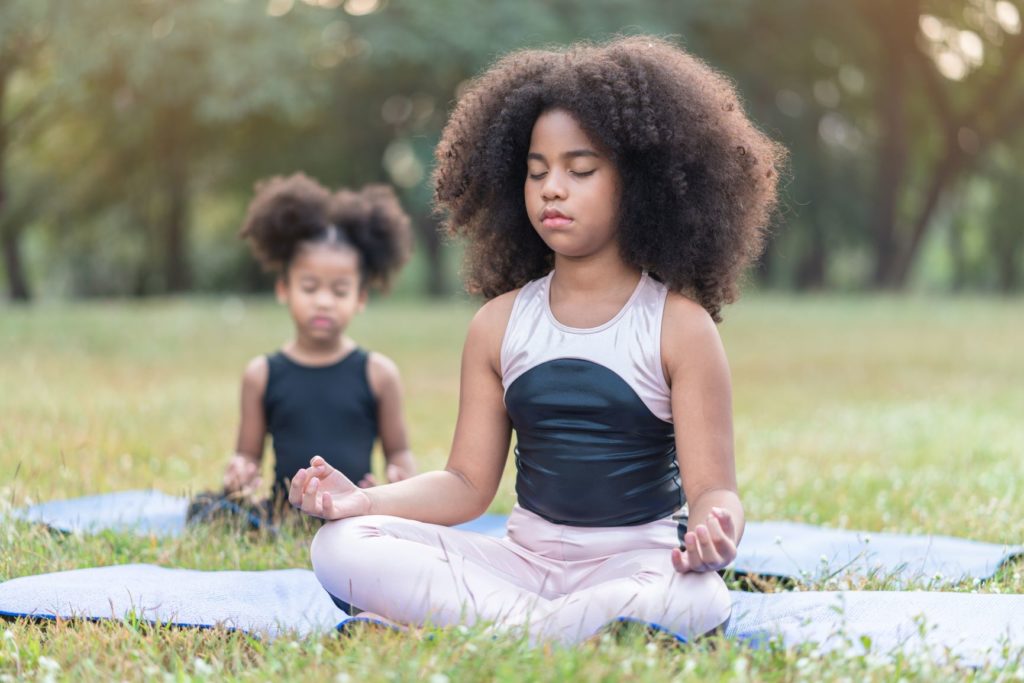A Beginner’s Guide to Meditation for Kids

Meditation can play a huge role in the behavioral development of your kids. For centuries, the art of self-awareness has been revered as an accessible and natural means to regulate emotions. The theory of fight or flight tells us that, due to the way human beings are wired, intimidating situations will cause us to either fight, freeze, or flee immediately.
In toddlers, as you might have noticed, even the smallest of issues can aggravate and cause them to throw tantrums left, right, and center. This is where meditation comes in to play, and how it can make your job as the parent of a cranky toddler significantly easier.
How Meditation Can Benefit Your Kid
Even in its most basic form, meditation can be a highly effective tool for calming down your kids. Once you’ve successfully completed 3-4 sessions, you’ll start noticing benefits such as:
• Decreased levels of stress
• Decreased anxiety
• Increased ability to focus and study
• Increased self-esteem
• Better sleep
Getting Started with Meditation
If you plan on teaching the practice yourself to your kid, you need to be willing to start it for yourself, too. Nothing too complicated is required of you- just focusing on your breath will do.
Meditation techniques vary according to the child’s age group, which are as follows:
Meditating with Toddlers
For the youngest of our learners, meditation is quite simple to achieve. You can start by initiating a discussion on the things that make your toddler happy, and touching the parts of their body that feel happy, too. Next, ask them to think of something that makes them unhappy, and drawing those unpleasant feelings away by focusing on the calm that is inviting through gentle breathing.
Meditating with Preschoolers
Around the age of 3-4, kids are ready for a guided meditation. Since lying down is the natural position for relaxation, it is recommended that you do this while your kid is in bed, or at least leaned comfortably in a chair. With a gentle voice, you can ask them to relay how every part of their body feels, from head to toe, while focusing on their breathing.
Meditating with Big Kids
When your kids are older, it’s best to let them choose the sound they feel creates a comfortable and relaxing setting. While listening to the meditative music of choice, ask your kids to draw focus to their breathing patterns, and to take notice of how their body feels.
If you are looking for mindfulness training for children, please visit Mindfulness Academy of Asia.
